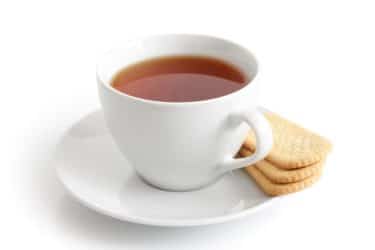Pricing Policy
Pricing Policy
According to FAO , tea is one of the most important commercial crops and plays a significant role in rural development, poverty alleviation and food security in exporting and developing countries. It is an important source of income for millions of small producers.

The price of tea, as well as herbs, spices and fruits, is influenced by numerous factors. Harvests can be disappointing, due to weather, pests, diseases, strikes, etc. The cost of transportation, usually by container ships, can fluctuate widely depending on the availability of containers at appropriate ports , fuel prices, pandemics, etc. EU rules may be tightened, resulting in fewer batches available on the European market, driving up prices. Changes in labor costs, energy prices and the cost of packaging materials can occur throughout the chain.
Therefore, at The Tea Factory, we are constantly dealing with changes in purchase prices and other, indirect costs. These changes affect our sales prices via a mathematical model. If our purchase price of a new batch of an ingredient is suddenly significantly higher, we re-calculate the ingredient and the blends it is part of and adjust the selling price up or down as necessary. This mathematical model also includes personnel, packaging and transportation costs. Price changes are not announced and can occur throughout the year, sometimes for one product, sometimes for several, sometimes for all.
In a general sense, we try to include in our assortment both favorably priced basic teas and higher priced quality teas. For example, we have a delicious Chun Mee-based Jasmine tea, a more refined Mao Feng-based Jasmine tea, as well as the very exclusive, hand-rolled Jasmin Dragon Pearls. With herbs, spices and fruits, we concentrate mainly on the more favorably priced basic ingredients. But even there we have a few specialties in the range, such as Osmanthus and Butterfly Pea blossoms.


